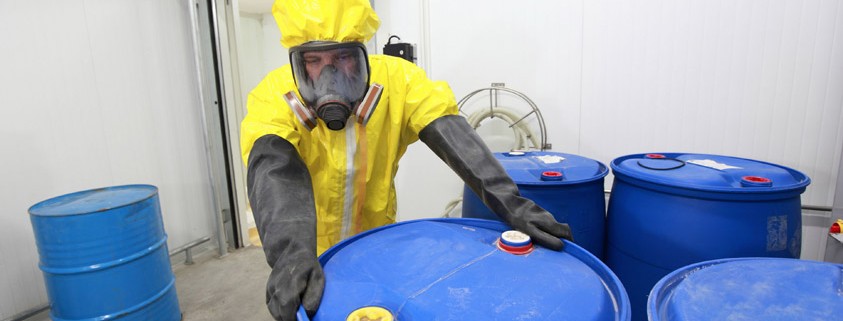Cosmetic Product Labelling: Commission Implementing Decision (EU) 2025/1175 and Regulatory Developments in Europe
The European industry is continuously evolving, both in product innovation and in its regulatory framework. On 16 June 2025, the European Commission adopted Implementing Decision (EU) 2025/1175, updating the glossary of common ingredient names for cosmetic product labelling, pursuant to Regulation (EC) No. 1223/2009. The glossary must consider internationally recognized nomenclatures, including the International Nomenclature of Cosmetic Ingredients (INCI).
This decision repeals the previous Implementing Decision (EU) 2022/677 and introduces substantial improvements in how ingredients must be identified on packaging, enhancing transparency, safety, and harmonization within the European Single Market.
Cosmetic product labelling and the regulatory framework
Regulation (EC) No. 1223/2009 lays the foundation for the safe marketing of cosmetic products in the European Union. However, its impact extends beyond cosmetics, also affecting sectors such as detergents and others using similar chemical substances.
A key point of the regulation is Article 19, which requires that the label include a list of ingredients expressed through common names defined by the Commission—a global standard for identifying cosmetic ingredients.
INCI (International Nomenclature of Cosmetic Ingredients) has become the global standard for identifying cosmetic ingredients. It assigns unique names to cosmetic ingredients regardless of language or country. Developed by the Personal Care Product Council, it is used in over 40 countries.
Example: Water appears as Aqua, pomegranate fruit extract as Punica Granatum Fruit Extract, and centella asiatica leaf extract as Centella Asiatica Leaf Extract.
Repeal of Decision (EU) 2022/677
Decision 2025/1175 formally repeals the previous Decision (EU) 2022/677, consolidating all necessary updates into a single document. This measure provides legal certainty and avoids confusion in regulatory interpretation.
What changes come with Implementing Decision (EU) 2025/1175?
The new decision introduces a comprehensive revision of the glossary, with over 30,000 updated entries. Key changes include:
Inclusion of newly published INCI ingredients
Correction of previous name errors and omissions
Removal of obsolete ingredients, especially in aromatic compounds
Replacement of reference names with valid INCI denominations
Mandatory application of CI (Colour Index) nomenclature for non-hair colorants
What does this mean for the cosmetics industry?
Manufacturers in cosmetics, detergents, and related sectors are required to:
Review and update the labels of all products marketed in the EU
Adapt technical documentation and product dossiers
Update internal databases with the new official ingredient names
Train technical and regulatory staff on the changes
This update poses a logistical challenge, especially for small and medium-sized enterprises, but also presents an opportunity to enhance traceability, quality, and regulatory compliance.
Distributors will need to:
Ensure that products comply with the new glossary before being marketed
What impact will this have on consumers?
The decision will lead to improvements in health, transparency, and informed decision-making:
Individuals sensitive to certain allergens will more easily identify ingredients to avoid
Risk of allergic contact dermatitis is reduced, as consumers can avoid problematic substances
Consumers will be able to compare products and choose those that best suit their needs
Safer products will be more accessible to people with sensitive skin or a history of allergies
Timeline for implementation in cosmetic product labelling
To ensure a smooth transition, the Commission has set a 12-month period from the official publication date for the cosmetics, detergent, and related sectors to adapt their labels.
This means the new ingredient list will be mandatory as of 30 July 2026. However, manufacturers may adopt it voluntarily in advance, allowing for a smoother and more strategic transition.
At eQgest, we understand the significant impact this update will have on cosmetic product labelling, detergent products, and more. Therefore, the changes will be included in upcoming system updates to help our clients comply with regulations efficiently.isiones para que nuestros clientes puedan cumplir con la normativa de manera eficiente
eQgest support for compliance in cosmetic product labelling
At eQgest, we fully understand the magnitude of the changes brought by this update to cosmetic product labelling. That’s why the new requirements will be incorporated into upcoming system revisions to ensure our clients can comply effectively.
We hope this article has been useful. On our blog, you'll always stay informed about developments in the chemical sector. For more information on Implementing Decision (EU) 2025/1175, you can consult the Official Journal of the European Union at the following link.
Need help with regulatory compliance?
If you want to learn more about the versatility of the eQgest solution and how it can help you in your day-to-day operations, don't hesitate to contact us.
Receive regulatory updates straight to your inbox
Newsletter with updated chemical regulations, regulatory news from the sector, and upcoming webinars — carefully selected for professionals like you.

 + 34 900 802 588
+ 34 900 802 588 Client access
Client access

.png)
.png)